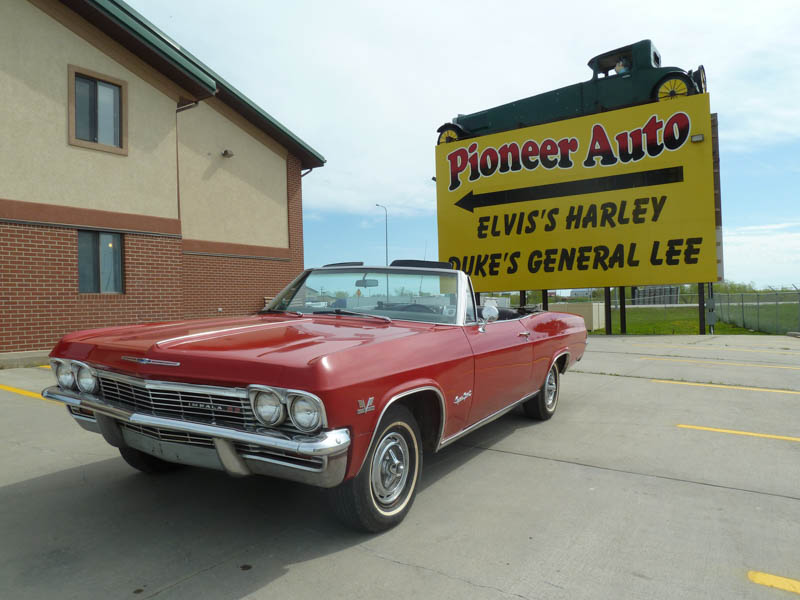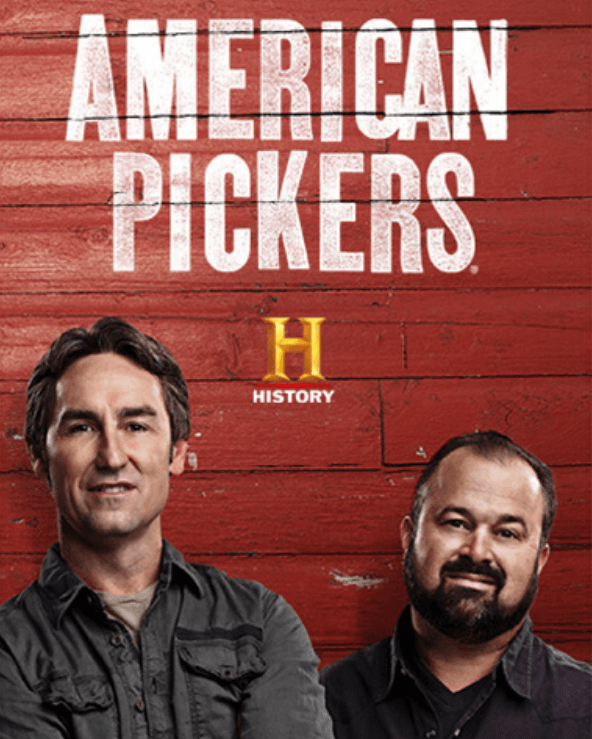– By #Pioneer Auto Show
Many look at convertibles as the ultimate in luxury driving. Having that top down as you cruise the city streets has been an appealing piece of car culture for as long as anybody can remember. However, despite its innovativeness, convertibles aren’t as lavish as people may think. In fact, there was a time when ALL automobiles on the road were open-topped, and we imagine it wasn’t all that great. Before the turn of the nineteenth century, if you were out driving in your fancy motor-powered vehicle and encountered some inclement weather, well, you either had to be pretty innovative yourself, or you needed to find a tree to park under! Read on for an interesting look at the history of the convertible.
Imagine not having the option to close the roof, and being stuck out in the rain while traveling across the dusty landscapes of pre-pavement era roads. Not exactly luxurious, is it? Thankfully, in 1905, Cadillac began producing closed-top vehicles. These became a massive hit amongst consumers, who were fed up with eating dust while trying to look dapper during their daily commute, while doing a swift 25 mph. By 1910, the new design became the standard, and it seemed as though the open-top concept was dead.
But as they tend to do, people grew bored of the new design, and longed for the days of cruising along with their hair blowing in the breeze. They wanted to have that open-top once again, but this time perhaps with a little control over the elements outside. So, in an effort to give the people what they wanted, manufacturers began producing the modern convertible.
Those early models, emerging in the 1920’s, were hardly the stuff of innovative folklore. In fact, they were usually cold, drafty, and had unreliable, difficult-to-operate roofs. Not exactly luxury living. But that all changed in 1934 when Peugeot introduced the 601 Eclipse model. A true innovation was finally introduced, as this beauty featured the first reliable retractable hardtop roof. This concept would be expanded upon in 1939 by Plymouth, who created the first motor controlled tops. Things were moving now!
In the 1950’s the concept grew even more advanced, when Rambler introduced the Nash convertible, complete with door frames and B-pillars that stayed in place while the roof was being let down. This allowed for greater structural integrity and got rid of the awful sound made when early models retracted their roofs.
During the 80’s, the ragtop was picking up steam among the hip young crowd of car buyers, and continues to be an appealing automotive trend around the globe. As our technology and innovation grow, so too does the open-top car concept. Sliding glass roofs are taking over the convertible landscape, and shows that like anything else, innovation and technology are nowhere near close to slowing down. Where will the convertible be twenty years from now? We’ll keep our eyes open; it should be an interesting ride.
Open top cars, ragtops, hard tops, years and years of classic car innovation - all this is available for you to enjoy when you stop at the Pioneer Auto Museum. Come take a look for yourself, and see just how much the trends have changed in the world of automobiles, and just how much has stayed the same.
Last Modified:




